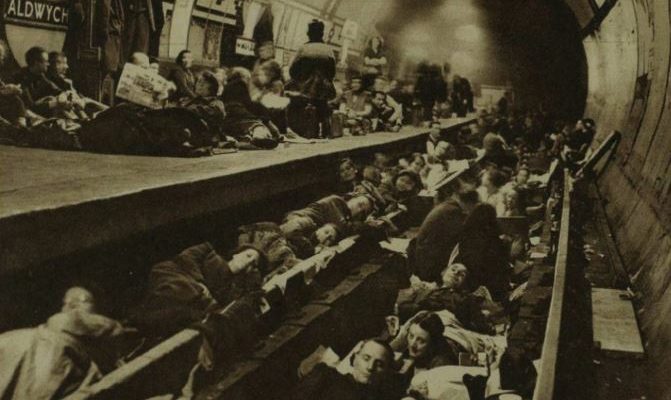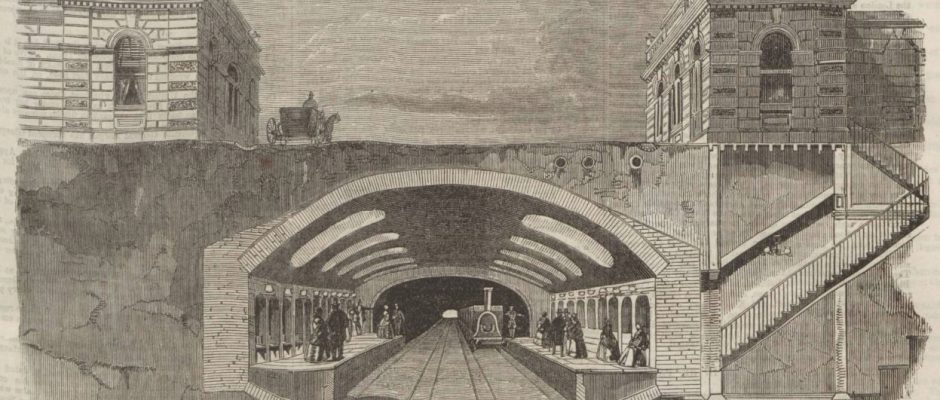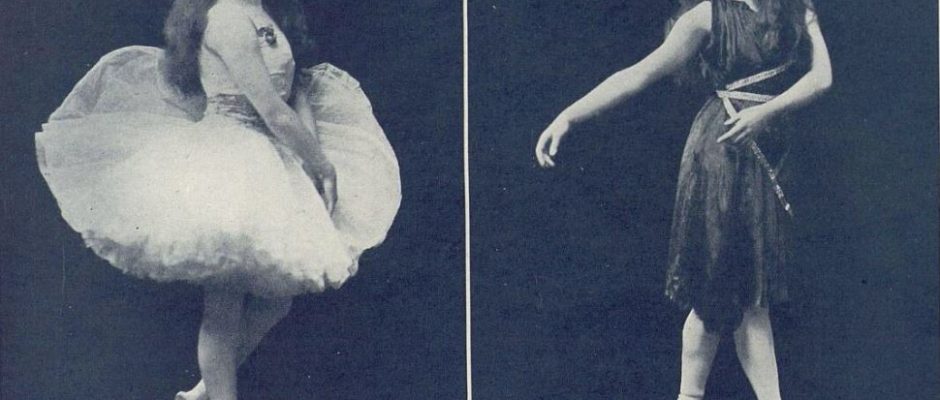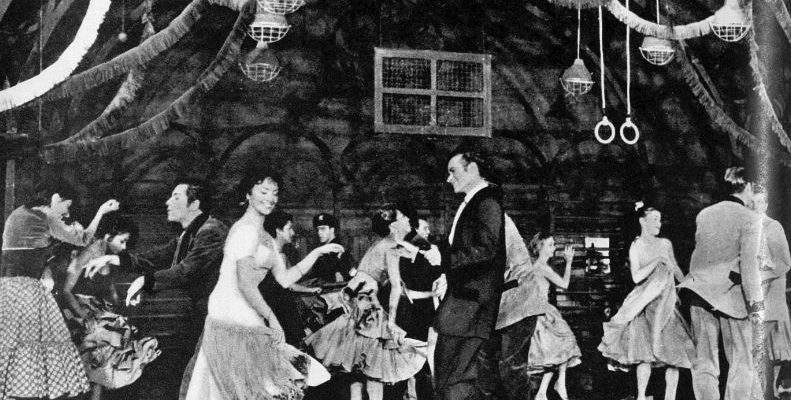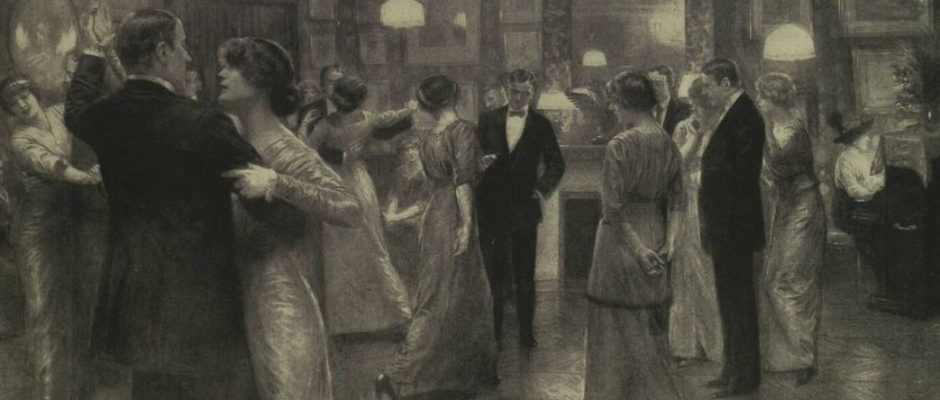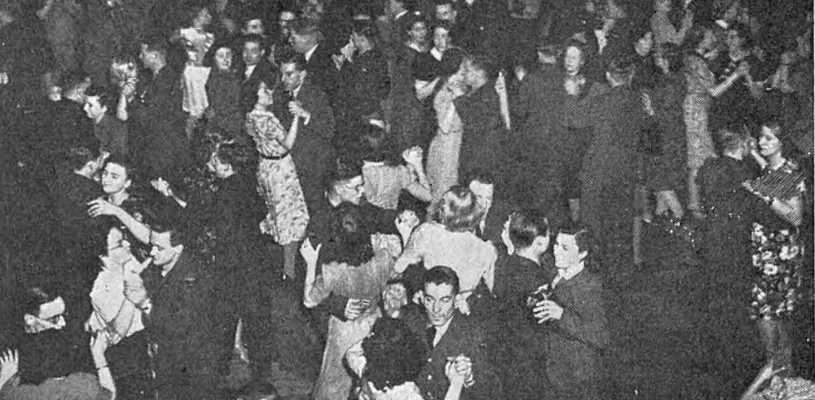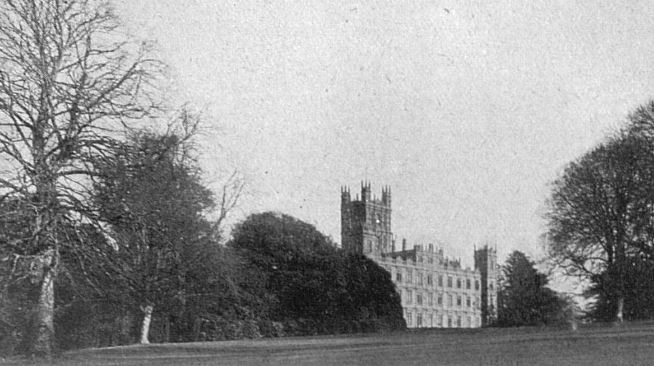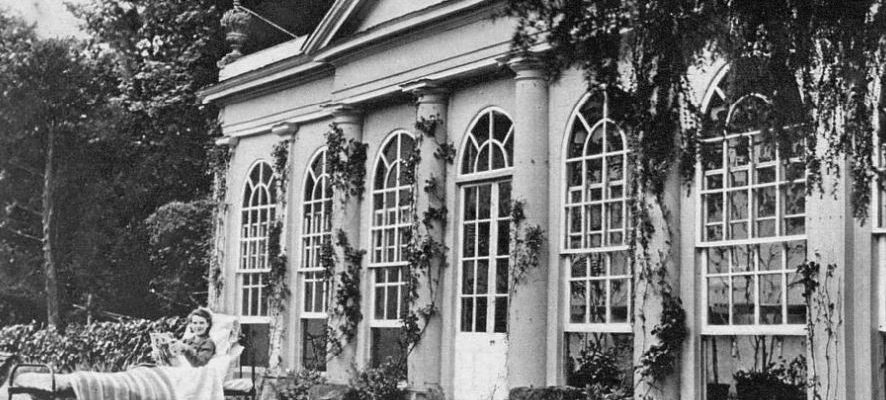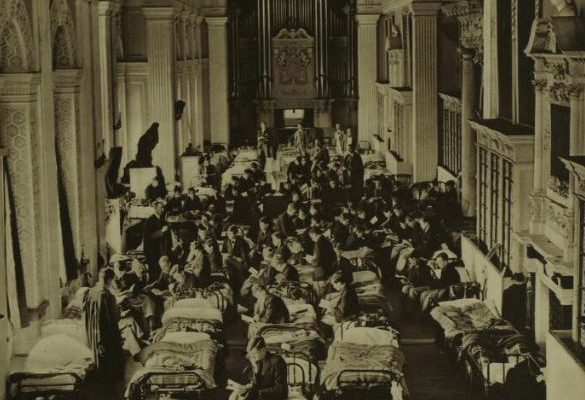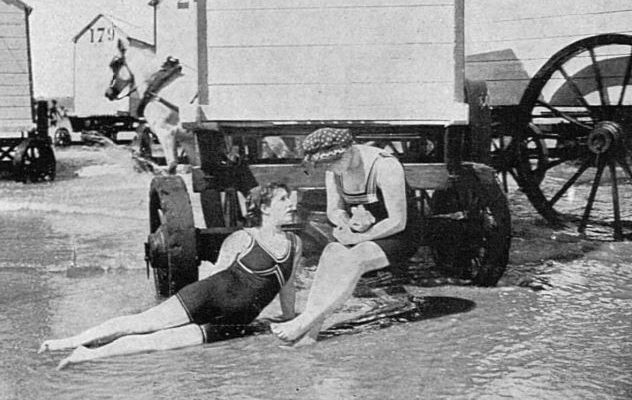When the Blitz began on 7 September 1940, ‘It was the people of London who took command…Men, women, and children went straight to the safest place they could think of – the Underground stations.’ In this special blog, over 80 years after the beginning of the Blitz, we take a look at how London’s main transport system – the Underground – became a popular place of shelter for those seeking protection from the German bombing campaign, using an assortment of …
Headlines from History
On 10 January 1863 the Metropolitan Railway was opened in London. An unprecedented feat of engineering, the Metropolitan Railway was the first underground railway in the world, forming the basis of the London underground and other global underground systems. In this special blog, we take a look at the historic first three days of the Metropolitan Railway’s existence, from its grand opening on Friday 10 January 1863, to the teething problems it encountered when it opened to the public on …
Tags
Prima ballerina, choreographer, teacher and business woman, Irish born Dame Ninette de Valois was instrumental in raising the global profile of British ballet, founding the company that would become the Royal Ballet, and nurturing the talent of some of the country’s most famous dancers, including Alicia Markova and Margot Fonteyn. In this special blog, we take a look at de Valois’ early years, her rise to prima ballerina, and her shift into production and choreography, using pages from the British …
Tags
By 1953 the dance hall was the second biggest entertainment industry after cinema, with an estimated 200 million visitors per year. It was thought that up to 70% of couples met on the dance floor. Today, the dance hall is consigned to history, but for many from the 1920s through to the 1970s it was a weekly fixture, representing an escape from the monotony of daily life. In this special blog we take a look at the colourful story of …
Tags
‘They name their dresses Tango, their hats Tango, their dogs Tango,’ so reports the Pall Mall Gazette in 1913 at the height of tango fever in London and in Paris. In this special blog, using articles and illustrations from The Archive, we explore the history of the tango, and how its popularity surged after its spread from along the Rio de la Plata in South America to the music halls, the stately homes and the dance floors of Europe. Origins …
Tags
‘It is not proposed to make total war total misery,’ said the Home Secretary Herbert Morrison in 1942, as he announced in the House of Commons that dancing was not to be included in the ‘recreations that are to be restricted to prevent interference with the war effort.’ Indeed, for many, dance was synonymous with their experiences of life in the Second World War. American GIs brought over with them new and exciting dance styles, and dancing itself was a …
Tags
The main filming location for hit series and brand new film Downton Abbey, Highclere Castle in Hampshire, holds a fascinating history, as well as its more contemporary cinematic claim to fame. The Sphere | 14 April 1923 Using articles found in the British Newspaper Archive, in this blog we explore Highclere Castle – from its building to its famous inhabitants – and discover a history with as much drama as an episode of Downton Abbey. Architectural Origins Downton Abbey’s iconic exterior, …
Tags
During the Second World War the government requisitioned country houses across the United Kingdom for the war effort. No house was exempt, with the grandest stately homes re-purposed to house everything from schools to maternity homes, from military hospitals to war supply depots. Using photographs and contemporary articles found in the British Newspaper Archive, we will look at the myriad of purposes for which stately homes were used during the six year conflict. Many houses were taken over to be …
Tags
Over eighty years since the first children were evacuated from cities across Britain, and as part of our history of childhood month here at The Archive, in this special blog we will take a look at how country houses were requisitioned by schools and their evacuated children. Want to learn more? Register now and explore the Archive The grandest of stately homes were not exempt from requisition, with some of the country’s largest and most famous houses, including Blenheim Palace, …
Tags
The bathing machine, once a familiar sight at British seaside resorts, has all but become extinct, its legacy only really reflected in the beach huts which still line coasts up and down the United Kingdom. In this special blog we take a look at some of the wonderful photographs and illustrations of bathing machines that can be found using the British Newspaper Archive. The Bystander | 7 August 1912 There is some conjecture as to where the bathing machine originated – …


